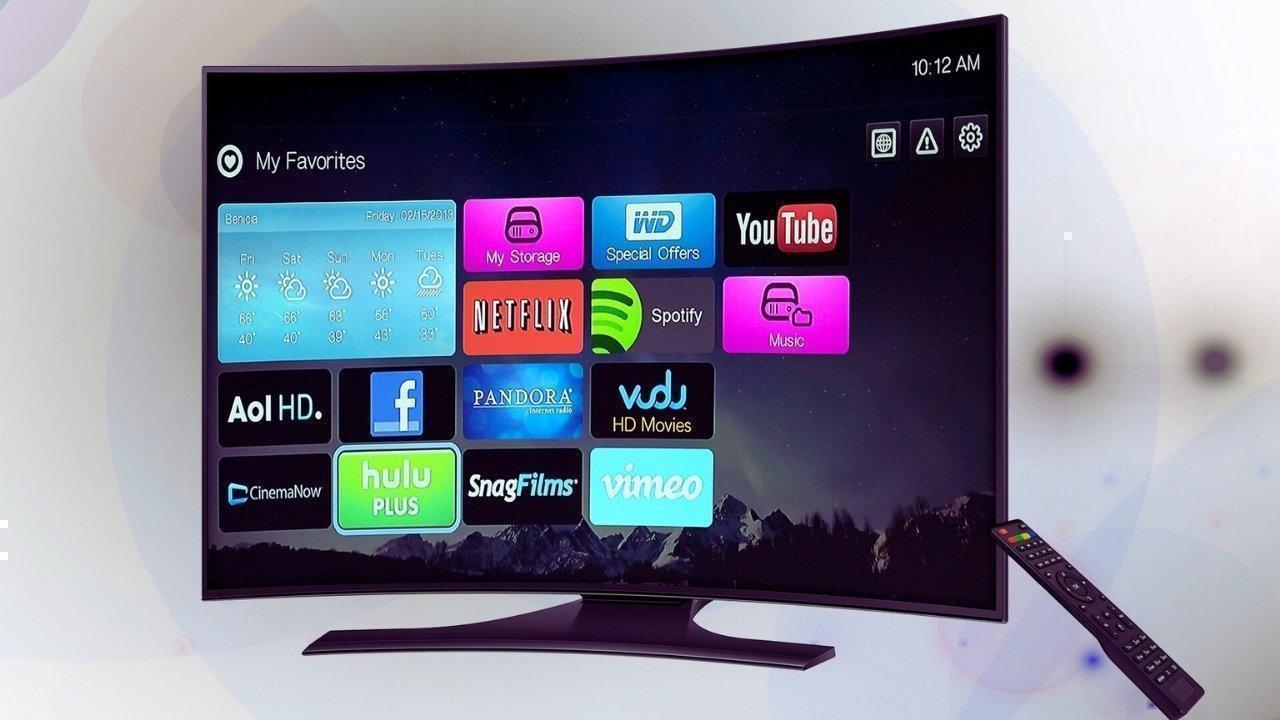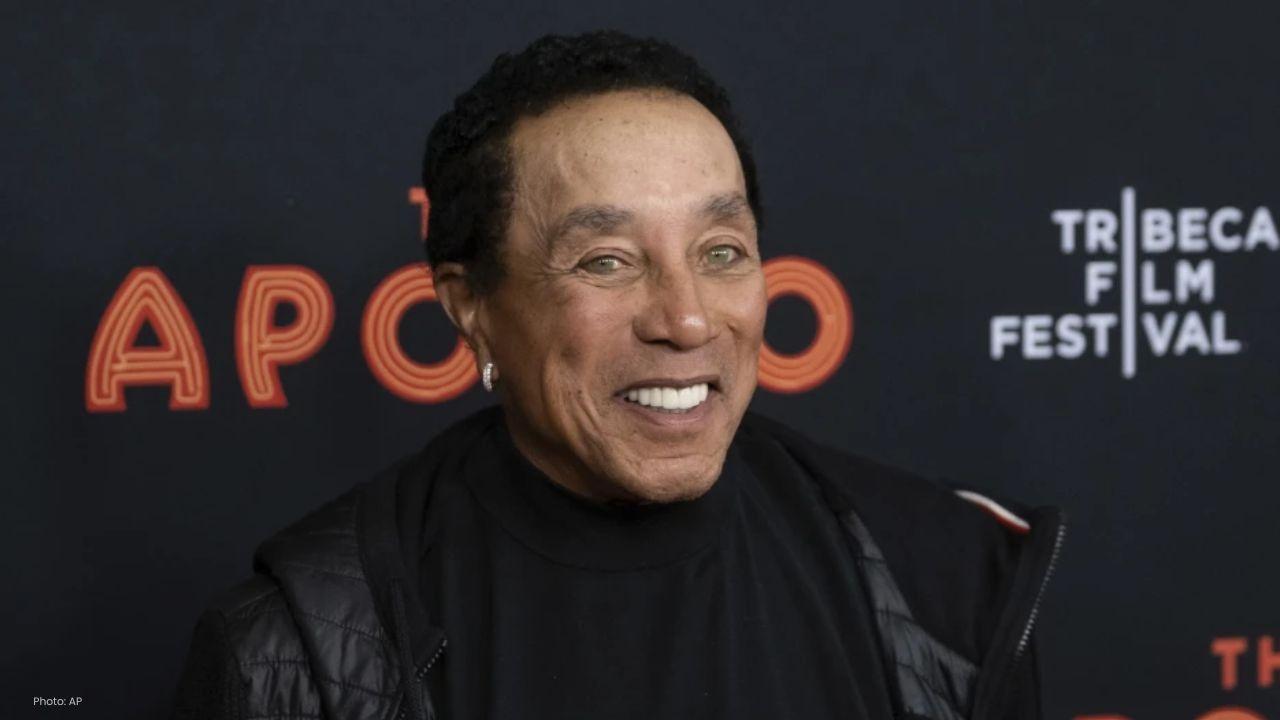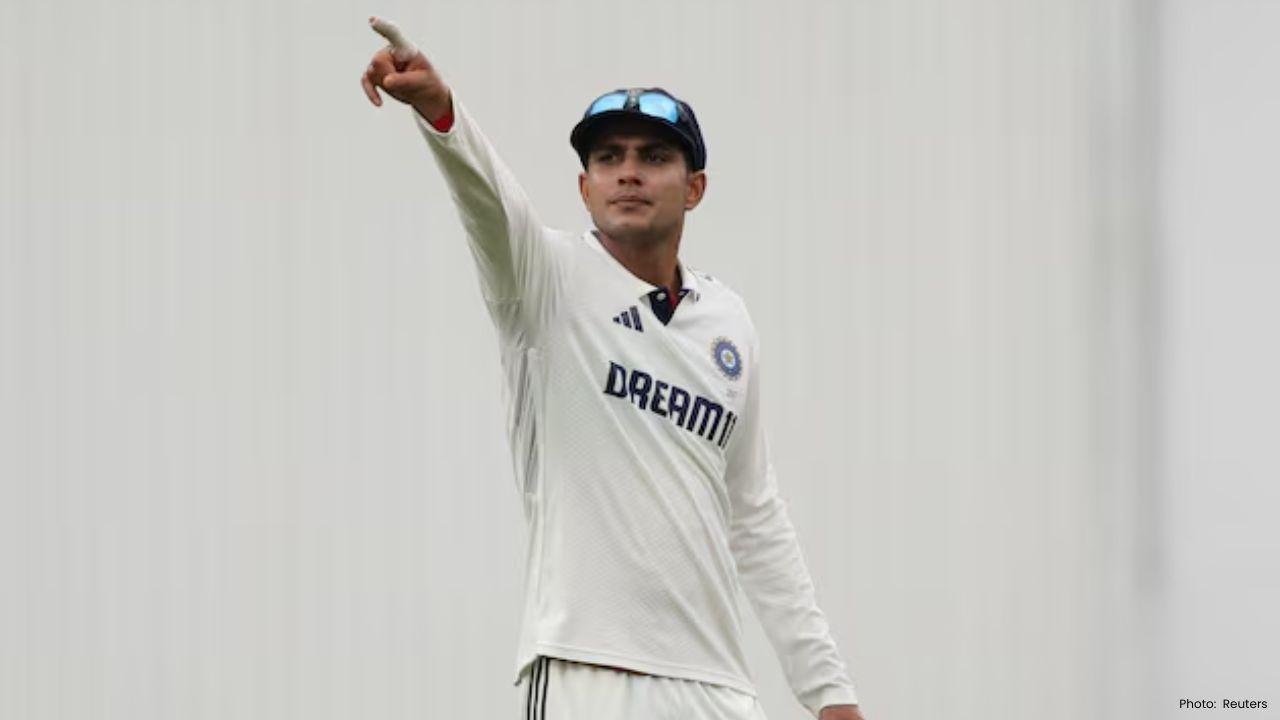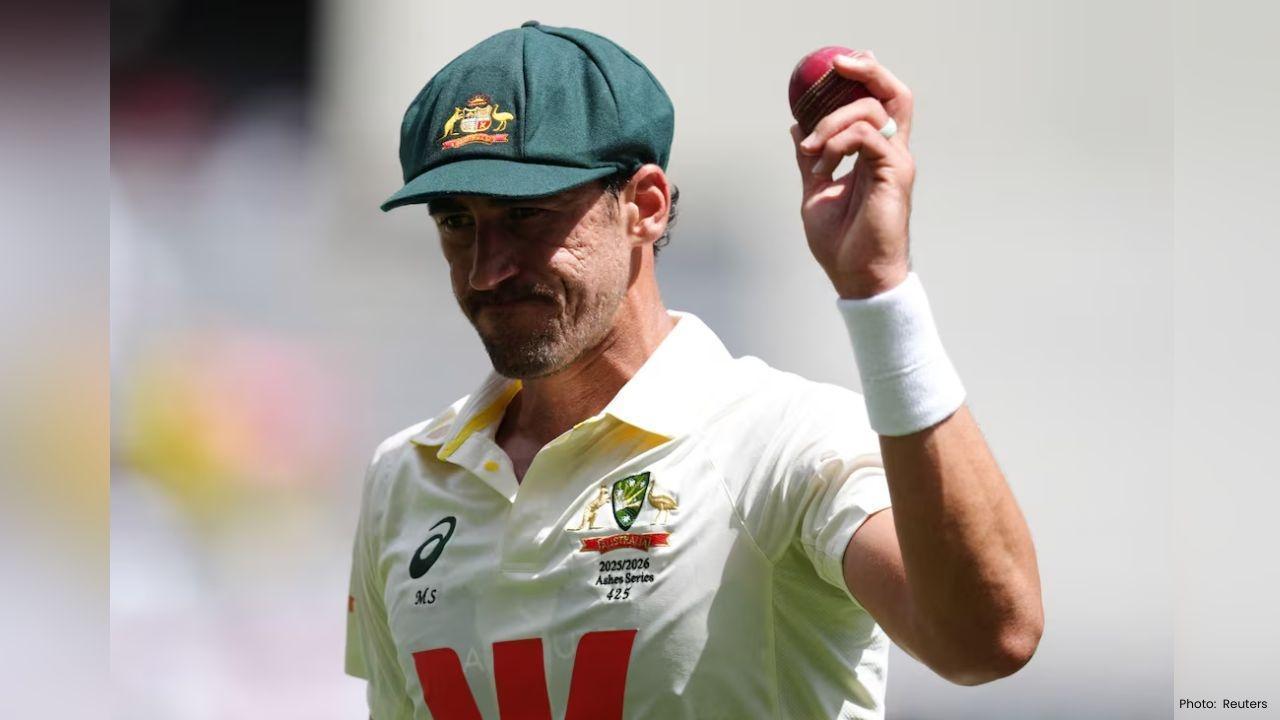
Join 10k+ people to get notified about new posts, news and tips.
Do not worry we don't spam!

Post by : Anis Farhan
For years, experts observed that the smart TV sector was nearing its limits. With numerous brands launching innovative models and most households owning advanced televisions, it was presumed that growth would stall. Instead, recent global sales figures reveal a different narrative; the market is witnessing significant growth, challenging earlier forecasts of stagnation.
This quarter's sales metrics indicate unanticipated growth across several regions. Demand is increasing among both first-time buyers and those looking to upgrade. Even in established markets where families have multiple smart TVs, the trend of purchasing new ones persists. Rather than declining, the sector is flourishing, fueled by shifting consumer preferences, technological progress, and a global inclination towards enhanced home entertainment experiences.
Rather than indicating an oversaturated market, current trends highlight a smart TV industry in revival, providing valuable insights into the evolving digital home ecosystem.
One prevalent misunderstanding is that consumers typically replace their TVs every 6 to 8 years. While this was once accurate, the trend is quickly changing.
Recent statistics reveal:
shorter replacement cycles now averaging 3 to 4 years
increased preference for larger screen sizes
upgrades from basic smart TVs to high-end models
growing popularity of trade-in initiatives
The rapid advancement in TV technology means newer models deliver significant improvements in display quality, refresh rates, sound, gaming functions, and smart features. Consumers are beginning to view TVs as evolving tech pieces, similar to smartphones, rather than long-term appliances.
This accelerating upgrade cycle ensures the market remains vibrant and far from oversaturation.
There is a pronounced shift towards larger screen sizes, significantly boosting smart TV demand. Customers are transitioning from older 32- to 43-inch TVs to models ranging from 55 to 75 inches and beyond.
Factors contributing to this trend include:
an increase in streaming cinematic content
the rise of in-home entertainment, particularly lengthy series
declining prices for larger screens
better viewing conditions in contemporary homes
higher resolution options like 4K and 8K
Previously seen as items for the affluent, large-screen TVs have become more accessible for everyday consumers as prices have dropped significantly. As more users seek immersive home viewing experiences, the drive for larger screens contributes to market expansion rather than stagnation.
Technological advancements continually motivate upgrades in consumer televisions. This quarter, numerous enhancements have emerged across mid-range and premium smart TVs.
Highlights include:
superior OLED and QD-OLED technologies
mini-LED backlighting systems
increased peak brightness
dynamic tone mapping advancements
enhanced contrast ratios
superior local dimming techniques
smoother motion performance at rates of 120Hz and above
These technological breakthroughs markedly enhance the viewing experience for movie lovers, sports enthusiasts, and gamers. As consumers observe these advancements in-store or from online reviews, their desire to upgrade escalates.
The market consistently refreshes with each display innovation, distancing itself from saturation concerns.
The rise of streaming platforms has transformed content consumption, with smart TVs acting as the main portal to this entertainment landscape. With new OTT services emerging every quarter and existing platforms expanding, consumers are prompted to upgrade their televisions to keep up.
Factors fueling these upgrades include:
native apps tailored for contemporary TV operating systems
greater resolution demands from streaming platforms
better audio system integration
smoother content browsing experiences
personalized user profiles
The streaming landscape evolves at a pace that many older smart TVs cannot sustain, prompting users to transition to newer models capable of premium streaming capabilities.
The ongoing expansion of streaming culture solidifies a steady demand cycle for upgrades.
Smart homes are no longer just a futuristic vision; they are becoming reality. Modern consumers are increasingly interested in connected ecosystems where devices communicate effortlessly. Today's smart TVs serve as a crucial hub, linking together:
voice assistants
home security systems
smart lighting
home automation systems
IoT devices
entertainment consoles
Outdated televisions often lack essential connectivity options, driving consumers to upgrade.
As smart home implementations increase, so does the demand for smart TVs.
The gaming sector is now a significant driver in the tech marketplace. Next-gen consoles and cloud gaming demands require premium TV specifications that older models can't meet.
Gamers typically look for:
refresh rates of 120Hz to 144Hz
reduced input lag
variable refresh rate (VRR)
automatic low latency mode (ALLM)
support for HDR10+ or Dolby Vision
fast HDMI ports
A surge in gaming tournaments, console restocks, and cloud gaming popularity this year has driven a wave of TV purchases among gamers who now consider smart TVs as essential gear.
This gaming-driven segment ensures the market remains incompletely saturated.
The cost of smart TV ownership has significantly decreased. While high-end models remain popular, much of the growth is attributed to mid-range and budget-friendly options.
Key dynamics affecting pricing include:
lower production costs
greater availability of generic display panels
intensified competition among brands
increased online retail channels
seasonal discounts
buy-now-pay-later options
Such considerations help bring smart TVs within reach of many, particularly in developing markets. As affordability broadens the consumer base, the prospect of saturation becomes unlikely.
Unlike mature markets, emerging regions have ample room for expansion. Many areas are witnessing initial smart TV purchases or upgrades from older non-smart or CRT models.
Countries in Southeast Asia, Africa, the Middle East, and Latin America are seeing:
rising disposable incomes
growing enthusiasm for digital content
improving broadband infrastructure
increased choice of budget smart TVs
expansion of online shopping options
These regions combine to introduce millions of new customers each year, ensuring the global smart TV ecosystem stays away from oversaturation.
Energy efficiency is becoming a significant consideration for consumers. Stricter regulations on energy consumption and rising utility costs lead buyers to prefer devices that can reduce their electricity bills.
Modern smart TVs now provide:
power-efficient screens
lower standby energy usage
optimized backlighting
environmentally-friendly modes
sustainable materials
Consumers are increasingly opting for energy-efficient models, driven by performance and cost-saving incentives, which adds another layer of demand to the market.
This quarter witnessed vigorous smart TV promotions worldwide. Key factors behind this sales boost include:
seasonal sales initiatives
holiday discounts
exclusive online offers
trade-in incentives
bundled streaming service subscriptions
cashback promotions with financial partners
Such proactive retail strategies help convert interest into actual sales, turning hesitant consumers into purchasers.
Globally, an increasing number of households are dedicating time to:
binging on series
watching live sports
family game or movie nights
video conferencing through TVs
online fitness classes
home karaoke sessions
gaming experiences
Smart TVs have become integral to modern lifestyles, as people invest in entertainment options while spending increased time at home for work and leisure.
One significant reason consumers replace outdated smart TVs is the sluggish performance of old operating systems. Newer models feature:
faster processing capabilities
more fluid animations
better app compatibility
integrated home dashboards
user-friendly remotes
advanced voice commands
Old smart TVs can quickly lag and struggle with app updates, motivating users to upgrade sooner than initially planned.
The notion that the smart TV market is oversaturated arises from the sheer volume of competing brands and models. However, emerging sales data and consumer trends reveal a different scenario. The market is not merely surviving; it's growing and evolving at a speed that defies saturation fears.
Key drivers of growth encompass:
accelerated upgrade cycles
increased demand for larger screens
breakthroughs in display technology
rising streaming consumption
gaming-influenced purchases
growing affordability
smart home integration developments
rapid growth in emerging markets
Smart TVs are continuously reinventing themselves, and enthusiastic consumers keep upgrading. Rather than a market in decline, the smart TV sector is evolving into a new growth phase that balances entertainment, productivity, connectivity, and lifestyle needs.
This article aims to provide general insights into the global consumer electronics landscape. Market dynamics may differ across regions, brands, and economic conditions. Readers should consult local sales figures and personal requirements when making purchase choices.










Anwar Ibrahim Pledges Comprehensive Probe into FIFA Football Player Bans
Anwar Ibrahim commits to a thorough investigation into FIFA's suspension of seven players, ensuring

Kagiso Rabada To Miss Final Test Against India
Kagiso Rabada is sidelined for the second Test and upcoming matches against India due to a rib injur

Rishabh Pant Takes Charge as Shubman Gill Bows Out of Second Test
Shubman Gill is sidelined for the upcoming Test in Guwahati due to a neck injury, with Rishabh Pant

Starc's Bowling Blitz Leaves England Reeling on Opening Day in Perth
Mitchell Starc took 7 wickets as England faltered on Day One in Perth, with Australia trailing by 49

Kazuma Okamoto and Kona Takahashi Join MLB Posting System
Kazuma Okamoto and Kona Takahashi enter the MLB posting system, providing a chance for teams to sign

Texans Triumph Over Bills 23-19 with Stellar Defensive Play
In a gripping encounter, Texans claimed a 23-19 victory against the Bills, fueled by Davis Mills' to